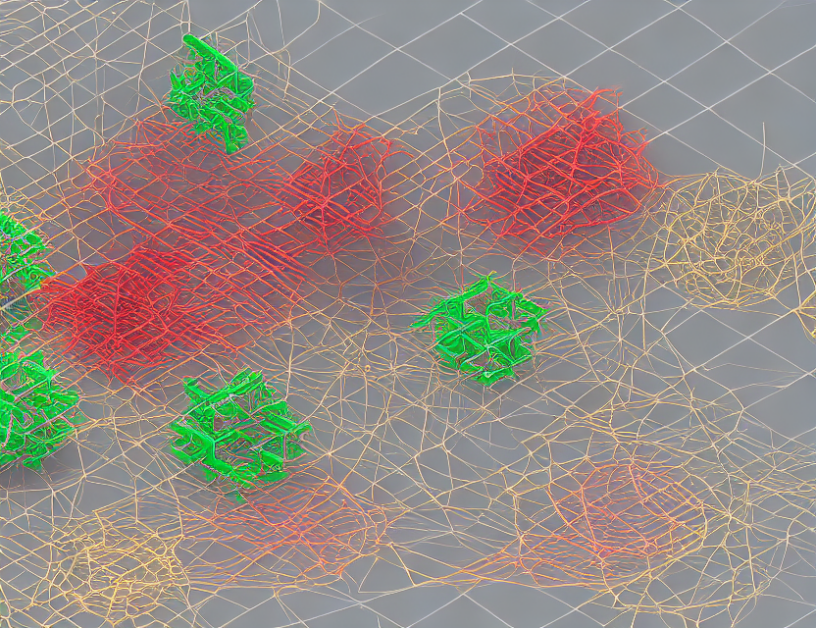The paper presents a new approach to modeling solid dynamics called simplified time-varying linear elasticity (STE). STE is designed to overcome the limitations of traditional methods, which often require complex mathematical derivations and assumptions. The authors aim to make the theory more accessible and easier to apply in practical situations.
Region I: Motivation and Background
The authors begin by discussing the challenges of modeling solid dynamics, particularly in the context of time-varying deformations. They argue that traditional methods are often too simplistic or too complex, leading to difficulties in interpreting results and applying them to real-world problems. The authors then introduce STE as a novel approach that bridges this gap between simplicity and accuracy.
Region II: STE Theory
The authors explain the core principles of STE, which are based on the concept of a "time-varying linear elastic potential." This potential is used to describe the material behavior in terms of its elastic properties, which are allowed to vary with time. The key innovation of STE lies in the ability to handle complex time-dependent deformations while maintaining a simple and intuitive framework.
Region III: Applications
The authors demonstrate the versatility of STE by applying it to several different scenarios, including impact problems, vibration analysis, and damage mechanics. They show how STE can be used to model complex time-dependent behaviors while avoiding the numerical instability issues that arise in traditional methods. The authors also highlight the potential for STE to be used in conjunction with other computational techniques, such as finite element methods.
Conclusion
In conclusion, the paper presents a simplified yet powerful framework for modeling solid dynamics using time-varying linear elasticity. By avoiding the limitations of traditional methods and providing a more intuitive and accessible approach, STE has the potential to revolutionize the field of solid dynamics. The authors demonstrate the versatility of STE through various applications and highlight its potential for use in conjunction with other computational techniques. Overall, the paper provides a valuable contribution to the field and paves the way for further research and development in this exciting area.



